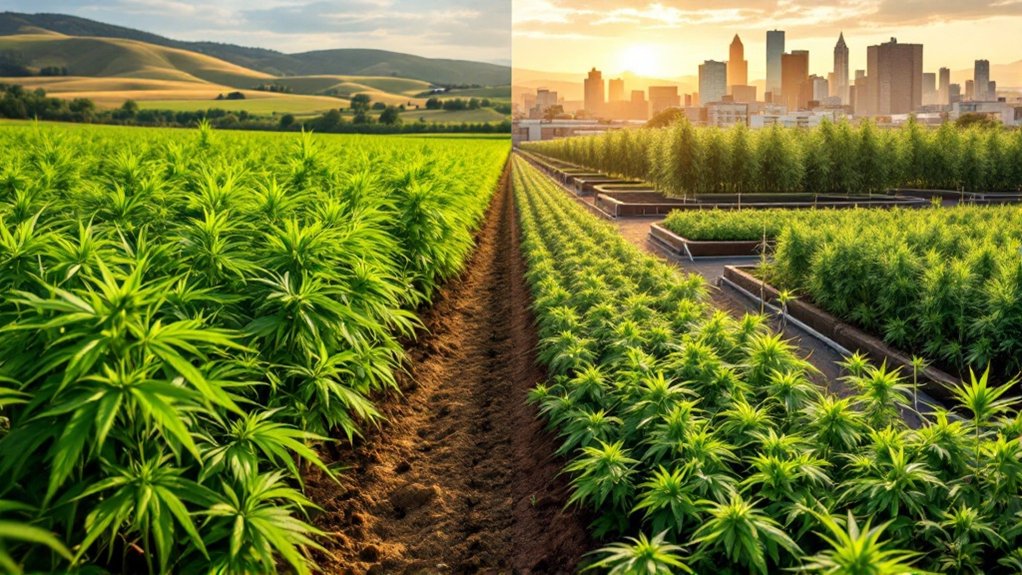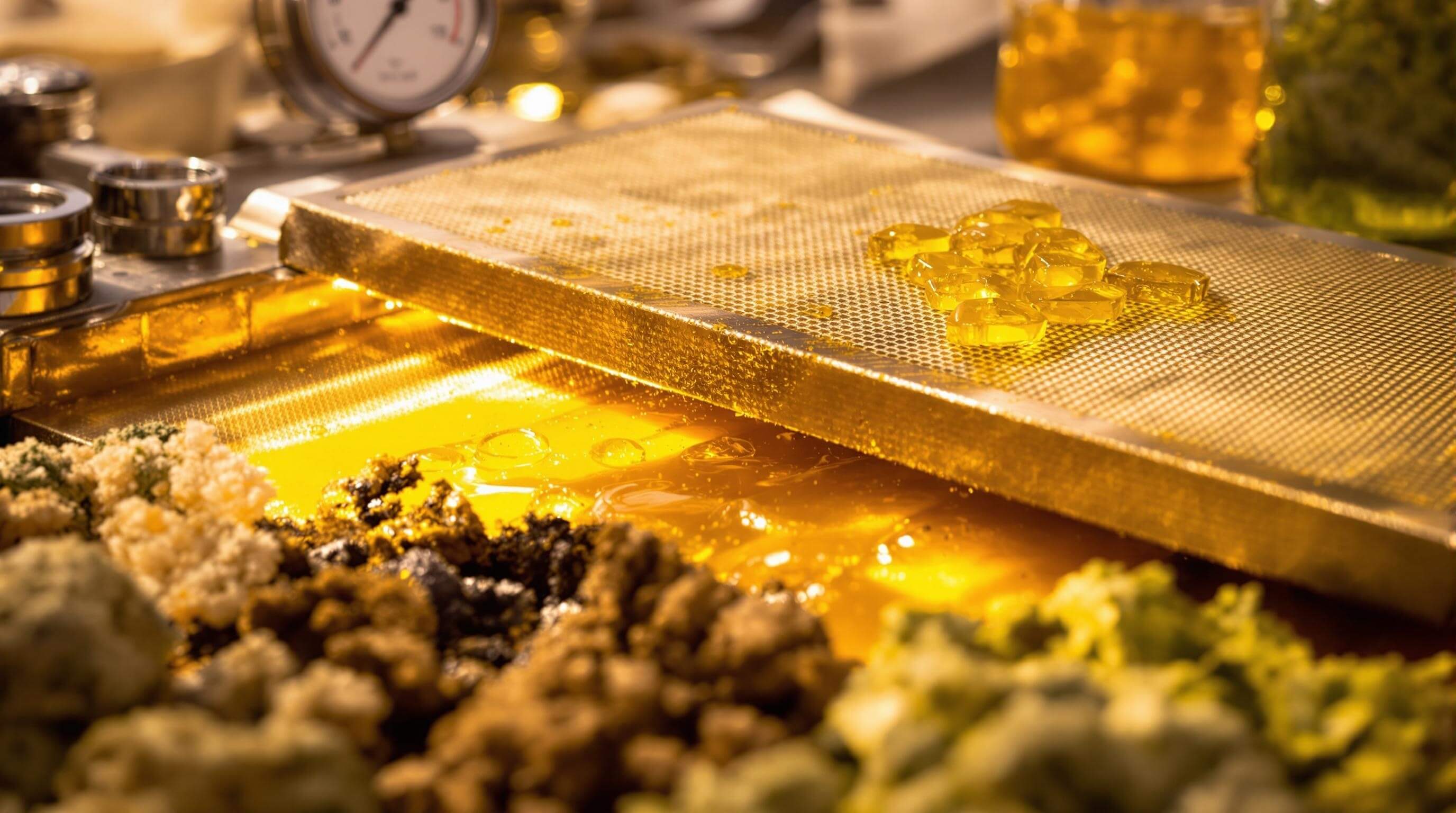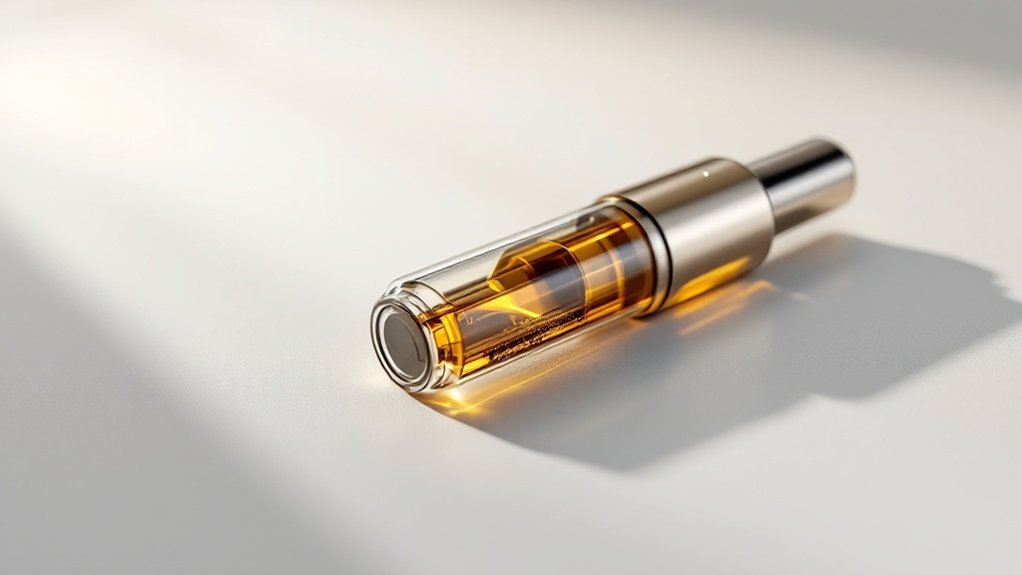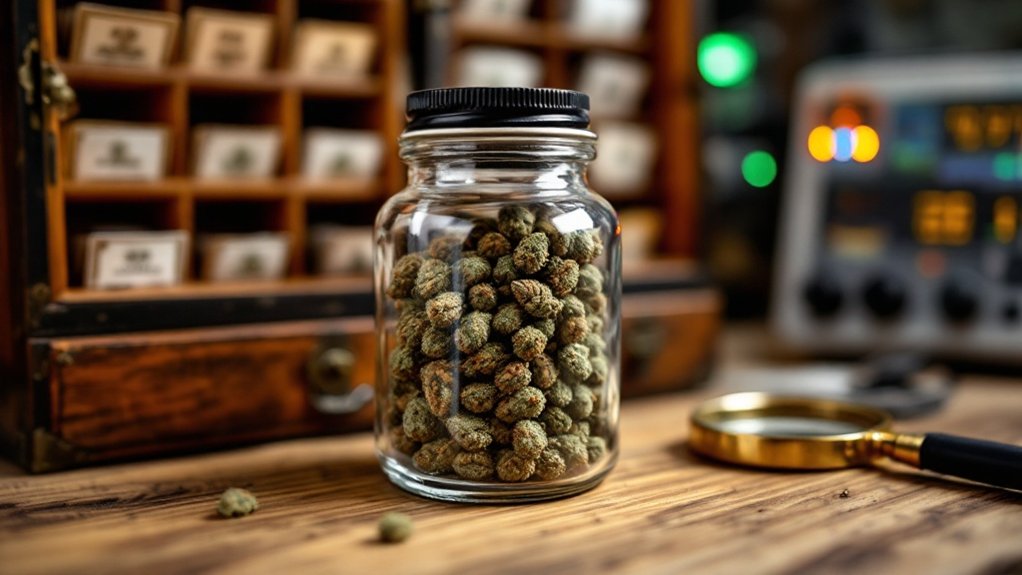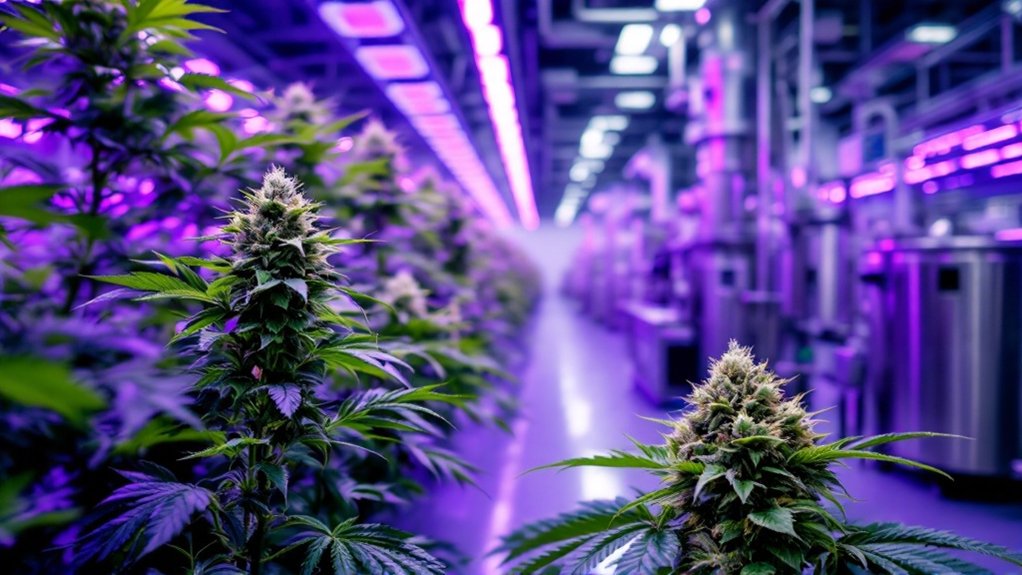Rural locations offer significant advantages for small hemp farms over urban settings. Hemp thrives in well-drained loamy soil with full sun exposure, conditions more readily available in rural environments. The economic potential is substantial, with hemp potentially grossing up to $20,000 per acre compared to corn’s $570. States like Colorado and Kentucky provide established infrastructure, processing facilities, and supportive regulations that benefit small-scale farmers. The ideal location balances fertile growing conditions with access to agricultural networks and processing facilities.
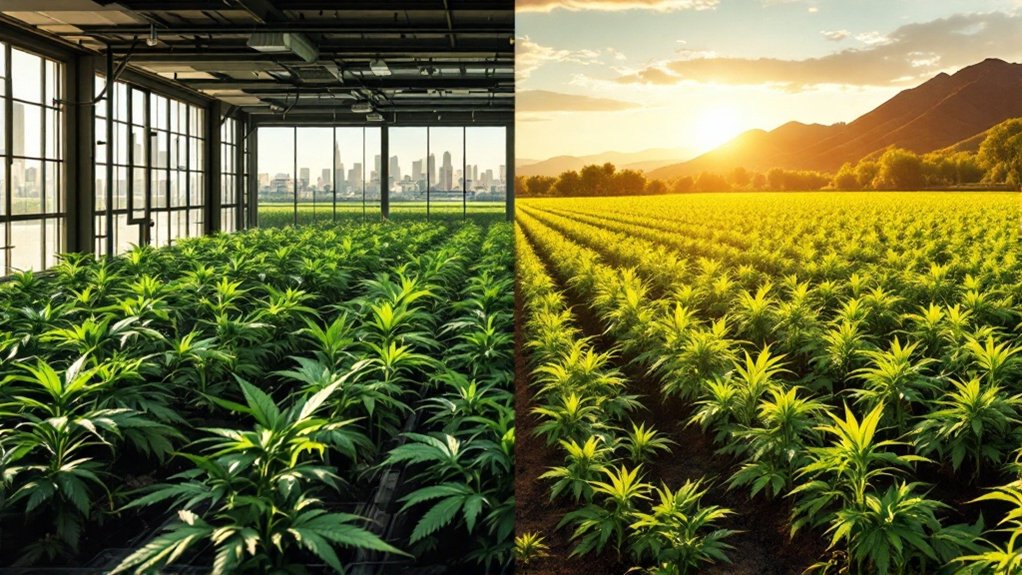
The landscape of hemp cultivation in America has transformed dramatically since the 2018 Farm Bill legalized production nationwide, creating diverse opportunities for small-scale farmers across the country. Several states have emerged as leaders in the hemp industry, with Colorado standing out for its exceptional infrastructure, established hemp program, and farmer-friendly regulations that include open application processes and no acreage limitations.
Similarly, Kentucky has developed considerable processing capacity and licensed substantial hemp acreage, making it another prime location for cultivation.
The rural-urban divide presents distinct considerations for prospective hemp farmers. Rural locations typically offer larger contiguous land parcels at lower costs, enabling more scalable production compared to urban settings where zoning restrictions and higher input costs may present challenges.
Additionally, rural areas generally experience less air pollution and urban runoff, which contributes to higher quality crop production. The proximity to agricultural cooperatives and experienced farm labor in rural regions provides further advantages for hemp cultivation.
Hemp’s environmental requirements favor specific growing conditions that vary by region. The crop performs most effectively in well-drained loamy soil with high fertility levels and requires full sun exposure with moderate, consistent rainfall.
While hemp can tolerate a range of temperatures, it produces best in climates characterized by warm days and cooler nights, such as those found in the Appalachian region, which has demonstrated strong crop yields compared to some western states. This adaptability makes hemp particularly suitable for farmers looking to reduce their water usage, as hemp requires minimal water for cultivation compared to many conventional crops.
The economic potential of hemp cultivation considerably outpaces traditional crops, with hemp potentially grossing up to $20,000 per acre in favorable markets like Appalachia, compared to approximately $570 per acre for corn.
Hemp cultivation offers dramatic economic advantages, generating up to 35 times more gross income per acre than traditional corn crops.
However, market volatility remains a concern, particularly in mature production areas such as Colorado where price decreases have occurred. The Amish farming community has found hemp to be particularly suitable for their operations as it is a labor-intensive crop requiring detailed attention and monitoring throughout its growth cycle. The profitability equation must account for processing and transportation costs, which can substantially impact net returns, especially for farms distant from processing facilities.
Infrastructure access represents a critical success factor for small hemp operations. States with established hemp industries like Colorado, Kentucky, and increasingly Minnesota offer advantages through developed processing plants, seed supply chains, and technical support services.
These regions typically provide better access to specialized equipment, peer networks, and educational resources through cooperative extension services and agriculture departments, creating a supportive ecosystem for small-scale hemp cultivation.
Frequently Asked Questions
What Permits or Licenses Do I Need to Grow Hemp Legally?
Growers need hemp production licenses from their state department of agriculture, tribal government, or the USDA, depending on jurisdiction.
Applicants must pass criminal background checks, as felony convictions related to controlled substances within ten years disqualify candidates.
Once licensed, producers must comply with THC testing protocols, report acreage to the Farm Service Agency, and follow specific disposal procedures for non-compliant crops.
Regular renewals are typically required, and all license holders must maintain detailed records for compliance verification.
How Much Startup Capital Is Required for a Small Hemp Farm?
Small-scale hemp farms typically require $10,000 to $50,000 in startup capital.
The major costs include land acquisition, quality seed procurement, irrigation systems, and equipment.
Additional expenses encompass compliance testing, certification, storage facilities, and quality control systems.
Financial planning must account for both one-time investments and ongoing operational costs.
Funding sources available to hemp farmers include agricultural loans through the Farm Service Agency, government grants, crowdfunding platforms, and private investments from industry-focused investors.
What Equipment Is Essential for Small-Scale Hemp Cultivation?
Small-scale hemp cultivation requires several essential equipment categories.
Basic hand tools such as shovels, rakes, and pruning shears form the foundation for soil preparation and plant maintenance.
Propagation equipment including trays, grow lights, and heating mats guarantees successful seedling development.
Plant support systems like trellises and stakes prevent breakage while maximizing growing space.
For harvest processing, basic trimming shears, drying racks, and bucking machines greatly improve efficiency and product quality.
Can Hemp Be Grown Successfully in Greenhouses or Indoor Facilities?
Hemp can be successfully grown in both greenhouses and indoor facilities.
Greenhouses offer a middle ground between fully indoor and outdoor cultivation, providing environmental control while utilizing natural sunlight to reduce energy costs.
Indoor facilities, which consume considerably more energy, allow for complete control over growing conditions and multiple crop cycles per year.
The controlled environment in both settings can yield high-quality hemp while mitigating risks from weather, pests, and contamination.
How Do I Process Hemp After Harvest as a Small Farmer?
Small farmers processing hemp after harvest follow four main steps.
First, they dry the stalks thoroughly to below 15% moisture content to prevent mold.
Next, they complete the retting process, using either water submersion or dew retting in fields for 4-6 weeks to break down plant bonds.
Third, they perform decortication to separate valuable bast fibers from woody hurd, using small-scale decorticators or traditional hemp brakes.
Finally, they bale and store the separated materials for various applications.
